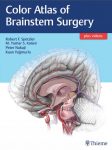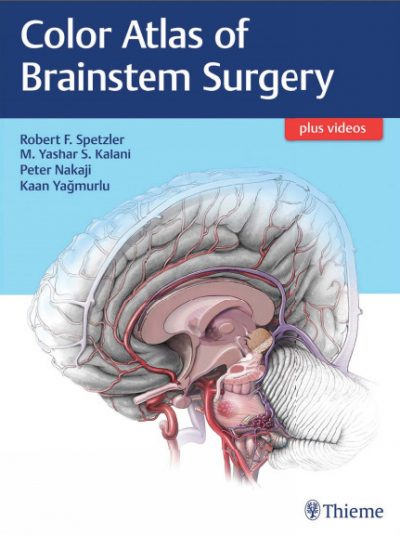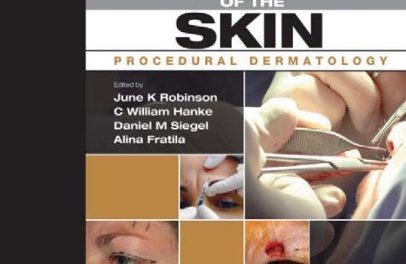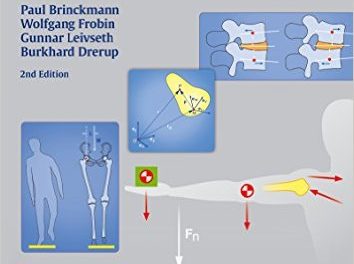 Authors: Robert F. Spetzler, MD; M. Yashar S. Kalani, MD; Peter Nakaji, MD; and Kaan Yagmurlu, MD
Authors: Robert F. Spetzler, MD; M. Yashar S. Kalani, MD; Peter Nakaji, MD; and Kaan Yagmurlu, MD
Publisher: Thieme – 543 pages, with 1,700+ illustrations
Book Review by: Nano Khilnani
Brainstem surgery is highly complex, requiring many years of study and practical work to master it. An intense focus on precision and a passionate dedication to excellence however, enable the neurosurgeon to become familiar with the intricate structure and physiology of the human brain, and to successfully overcome the many anatomic challenges it presents. Familiarity leads to anatomical mastery and many correct surgical decisions are required of the neurosurgeon to attain surgical mastery.
Dr. Robert F. Spetzler, the senior author of this book, has had several decades of experience and has performed more than 1,000 surgeries on the brainstem, the thalamus, basal ganglia, and surrounding areas. His writings in this volume reflect his in-depth understanding of the anatomy of the brainstem and the thalamus, including importantly, the safe entry zones used to access these areas.
“It is worth stating that brainstem surgery is not for the faint of heart or the unsteady of hand. Brainstem cavernous malformations and arteriovenous malformations are particularly challenging, and the line between success and failure is razor thin,” according to Dr. Michael Lawton of San Francisco, who wrote the Foreword to this book.
Dr. Spetzler and the three other authors shown above provide much valuable information and insight in this large-size (12” x 9”) atlas and textbook covering various aspects of brainstem surgery. We provide below on outline of what you will find in this printed book and online at www.MediaCenter.Thieme.com. When registering your copy of this book on this site, input the access code found on the first page.
Video Contents
- Thalamus and Pineal
- Midbrain
- Pons
- Medulla
- Cervicomedullary Junction
Animation Contents
- Midline Supracerebellar Infratentorial Approach
- Safe Entry Zones to the Brainstem
- Orbitozygomatic Approach
- Lateral Supracerebellar Infratentorial Approach
- Suboccipital Approach
- Retrosigmoid Approach
- Far-lateral Approach
Foreword
Preface
Acknowledgments
- Section 1. Anatomy
- Section 2. Safe Entry Zones
- Section 3. Tenets of Brainstem Surgery
- Section 4. Approaches to Thalamic, Pineal, and Brainstem Lesions
- Section 5. Case Examples
Index
The authors point out that in the past, the brainstem was considered ‘inviolable’ because of its ‘tightly-packed tracts’ and ‘deep nuclei,’ and “ patients with pathology in this region were generally managed conservatively, and their fates were often left to the natural history of their diseases.”
Among the reasons brainstem surgery was not attempted were:
- Inadequate visualization
- Incomplete understanding of brainstem anatomy
- Lack of appropriate instrumentation
- Poor results from attempted resection of brainstem pathology, particularly failed surgical attempts to treat infiltrating gliomas
Over subsequent years, improvements in imaging, instrumentation, microscopy, and particularly neuro-navigation, brought about attempts and later, success at brainstem surgical procedures. The brainstem is now no longer considered inviolate territory.
Among the key features of this textbook are:
- Beautifully detailed, highly illustrated brain slices and dissection by Kaan Yagmurlu, who trained under the internationally renowned neuro-anatomist and neurosurgeon Albert Rhoton, Jr.
- Color illustrations clearly labeled with callouts and other indicators of facts and interest that delineate multiple safe entry zones to the brainstem
- More than 50 detailed patient cases that highlight each patient’s history of previous neurological disorders, presenting symptoms, preoperative imaging, diagnosis, the planned surgical approach, patient positioning, intra-operative and postoperative imaging, and outcome.
- Seven animations and more than 50 surgical videos elucidate approach selection, anatomy, and surgical outcomes of thalamic region and brainstem lesions
This is a pioneering, comprehensive, highly valuable work on brainstem surgery. The numerous full-color images presented throughout this book add immense value to it. This is a must-have resource for serious and dedicated aspiring and established neurosurgeons.
Authors:
Robert F. Spetzler, MD is Director of Barrow Neurological Institute; J.N. Harber Chair and Professor of Neurological Surgery in the Department of Neurosurgery at Barrow Neurological Institute at St. Joseph’s Hospital and Medical Center; and Professor and Executive Chair of Neurosurgery at University of Arizona College of Medicine-Phoenix in Phoenix, Arizona.
Yashar S. Kalani, MD, PhD is Assistant Professor in the Department of Neurosurgery at Barrow Neurological Institute at St. Joseph’s Hospital and Medical Center in Phoenix, Arizona.
Peter Nakaji, MD, FCS, FAANS is Director of the Neurosurgery Residency Program, and Director of Minimally Invasive Neurosurgery in the Department of Neurosurgery at Barrow Neurological Institute at St. Joseph’s Hospital and Medical Center in Phoenix, Arizona.
Kaan Yagmurlu, MD is Research Fellow in the Department of Neurosurgery at Barrow Neurological Institute at St. Joseph’s Hospital and Medical Center in Phoenix, Arizona.







